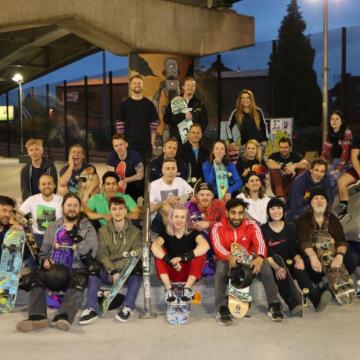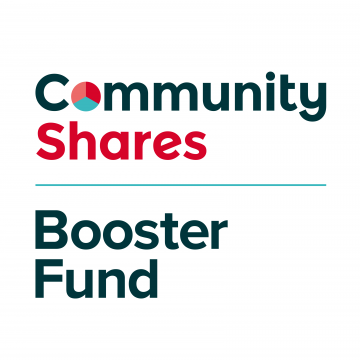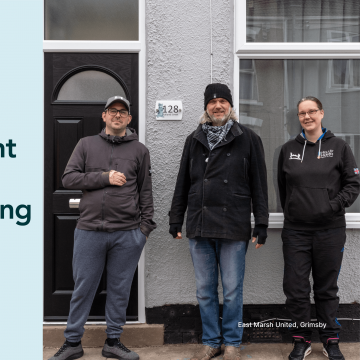Holmfirth Tech: A space that gives the local community what it needs
Case study

The closure of a venue in Holmfirth galvanised residents into action, resulting in the community buying and revitalising a local building to give people a valuable shared space.
“There was a very important building standing unused on the high street. And there was a lack of space for community groups,” says Margaret Dale of a derelict college that was to become a thriving community space for local people in Holmfirth, West Yorkshire.
Thanks to grass roots support and a community share offer, the building, known as Holmfirth Tech, is now a creative hub for arts, learning, enterprise and community activities. It’s a community-owned venue that enables people to come together, connect and learn.
To transform the building into what it is today, Margaret gathered a team of people with a range of skills that would help the local community buy the space for their benefit. But what inspired her to rally the troops in the first place?
“The future of the building had been under debate. We’d been having conversations with local people for a long time. Its use was really quite clear – it had to be a community space. The trigger was the closure of another venue,” she explains. “The other building housed creative groups who suddenly needed a new home in Holmfirth.
“I knew people with a range of valuable experience: one who knew about community benefits societies; another who could put together a business case; an estate manager and an interested local businessman. So, the four of us came together to acquire the building.”

It was owned by Kirklees College who granted the team a short-term license to occupy. This allowed them to test out running the building and gauge its potential. They were able to get inside the space and realised it could work in community ownership.
After lots of negotiation a sales price was agreed. Local businessman Jimmy Dickson put in half the sum required, giving a clear financial target to aim for with the community share offer.
With a £10,000 grant from Power to Change’s Bright Ideas Fund (run by Locality) to prepare the share offer, Margaret and the team got to work. They also took the advice of a community shares practitioner to help them with the details of the share offer and get the Community Shares Standard Mark (an accreditation that reassures people who are buying into the offer that it’s all being done to the highest standards.)
“With a share offer, it’s all about the quality of the message and using sales and marketing techniques to tell people that it’s there. That’s hard work and it demands the skills of a marketeer,” she says. “So, there are two aspects, one is getting the documentation right and the other is drawing people to the offer.”

The team’s hard work on both fronts paid off and their £150,000 target was reached, which included match funding from the Community Shares Booster Fund. Many of the building’s users now own shares in it and a real stake in its success.
“We have 240 shareholder members, which is brilliant,” says Margaret. “We had an open evening for shareholders last September and that was wonderful. It felt as if it was a ‘coming home’. It was great seeing people talking to each other and the community choir did a little performance.”
The community choir is one of the regulars at Holmfirth Tech and a co-working space was also set up in the building to meet an unmet need in the town. “We host a children’s arts school, weekly ukulele classes and craft classes too,” says Margaret.
“There’s an orchestra that meets here every week, as well as fitness classes and the carers cafe. Groups use it regularly for their meetings. We are fulfilling a wide range of needs in the community.”
Despite a drop in use due to the Covid-19 pandemic, things are once again picking up momentum at Holmfirth Tech, and it has been gradually redecorated and refurbished as funds allow. “The users are growing really quite quickly to the level that we need it to be at,” says Margaret.
The building was originally funded by local public subscription and donations. The foundation stone was laid in 1892 as a Technical Institute to upskill the town’s people. It later became used as a school and, 130 years on, the share offer has brought things full circle – with local investment used to secure the future of the building, to be once again used by the town’s residents.
“We wanted to have a building that was owned and used the community – a community asset. That’s what we’ve achieved and it’s something we’re proud of.”
Find out more
Think community shares might work for your community business?

About community shares

Apply to the Booster Fund

LATCH: Solving acute housing needs in Leeds

Building a better community and creating quality homes



